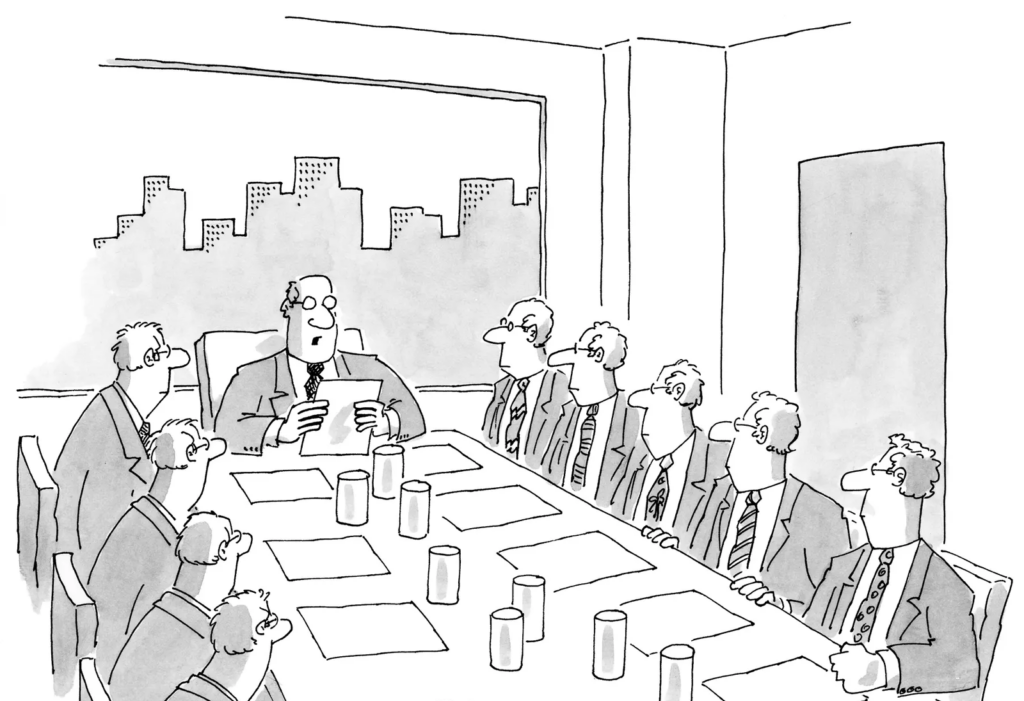Leadership is an essential component when we talk about Public Relations and Communications. A communications leader has an indispensable role in building effective relationships with their audience, shaping public perception, managing crises and driving success for all stakeholders involved.
Upholding ethics
A leader who values ethics such as honesty, truthfulness and transparency are sure to make a lasting impression on their audience, which is essential to building trust and relationships. When a leader resorts to deceptive tactics to influence a group of people by lying to them, bending the truth and showing half truths, it can lead to dire consequences for those involved. Throughout history we’ve seen many global leaders take the deceptive path to quench their thirst for power and authority.
Communicating effectively
A channel of communication is said to be effective when the receiver fully comprehends the sender’s message. When a message is crafted using the ‘5 C’s of communication’: clear, cohesive, complete, concise, and concrete, it is said to be effective. Using complex vocabulary and jargon does little to prove someone’s command over language, but being able to captivate someone who does not hold educational credentials using the right communications tactic does. A good communications leader will keep these principles in mind when interacting with their stakeholders and audiences.
Crisis Management
Another quality of leaders in communications is their ability to navigate crises. A crisis is a complicated situation that may arise at any moment, possibly without warning. There are two major ways to deal with any crisis. One, is reactive, to deal with problems as they come and the second, proactive, to anticipate future crises and plan on ways to mitigate and minimize the negative effects on stakeholders and audience. A crisis is a dire situation for everyone involved, stakeholders and audience alike. Having a proactive crisis management plan acts as an insurance policy when an unexpected crisis pops up. That way an organization and its stakeholders are not caught off-guard. The first thing that a leader needs to remember is to be empathetic and compassionate towards his stakeholders. The worst thing a leader could do is to shift blame or to avoid taking accountability, which will surely make the leader look untrustworthy.
Vision, mission and planning
An organization’s mission refers to the goals and objectives and defines the steps the organization will take to achieve them. On the other hand, vision refers to the aspirations that the organization wants to achieve in the foreseeable future. The role of a communications leader comes in when leading the organization to achieve its mission and vision. Overseeing development plans for growth, campaign and crisis management, maintaining media and stakeholder relations and hosting events are some of many ways that leaders can lead progress in an organization and help achieve their vision and mission.
Innovation and Adaptability
Change is inevitable. We’re living in a world where many things have changed in the communications industry in the last 20 years. Digital platforms and social media are paving the way to a technologically propelled society. Facebook, Instagram, and X (formerly Twitter) have become a part of our daily life, adapting themselves to serve our communication, entertainment and inter-personal needs. The public relations and communications industry has also evolved in a way that incorporates digital and social media platforms, essentially developing a symbiotic relationship with each other. Organizational change causes a ripple effect both internally and externally towards its stakeholders as well. Keeping on top of industry trends and technological advancements and tailoring communications strategies and tactics accordingly can help a leader drive organizational success.
Team Leadership and Development
A communications leader’s biggest strength is their team members. Being a mentor for the team and closely guiding them is key to supporting them to grow their skills and develop on a personal front. Being a good listener is another quality that defines a great communications leader. Taking feedback from the team, paying heed to their needs, involving them in work that puts their skill sets to use are some ways that a leader can involve their team in achieving organizational success. A leader must also give team members recognition for their good work and encourage them to keep pushing forward. Recognition alone is not everything, but a good support base needs to be provided for the team to excel in their work.
Image reference: Jack Ziegler, The New Yorke

